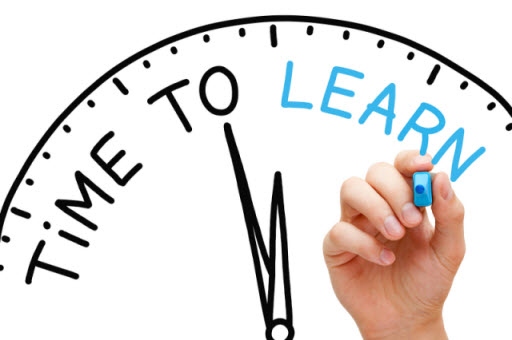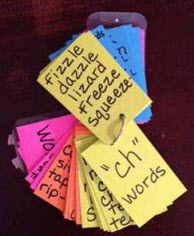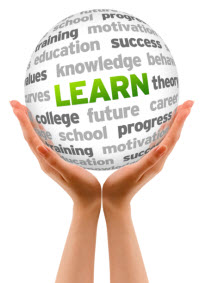Jolly Phonics Phase Two
How does your child master phonics, from learning letter sounds to reading fluently? When your child starts school, phonics becomes a big part of everyday life, transforming them from a non-reader to a child who is capable of reading fluently and spelling. Jolly Phonics is a program designed to help children learn the name and sounds of letters. I have put together all the Jolly Phonic songs from Phase Two, which consists all the letter sounds from A-Z apart from Q as it is a tricky sound and is part of Phase Three as ‘qu’. Before children can read or start to read they need to have some understanding of letter sounds and this is a fun way of learning them.









